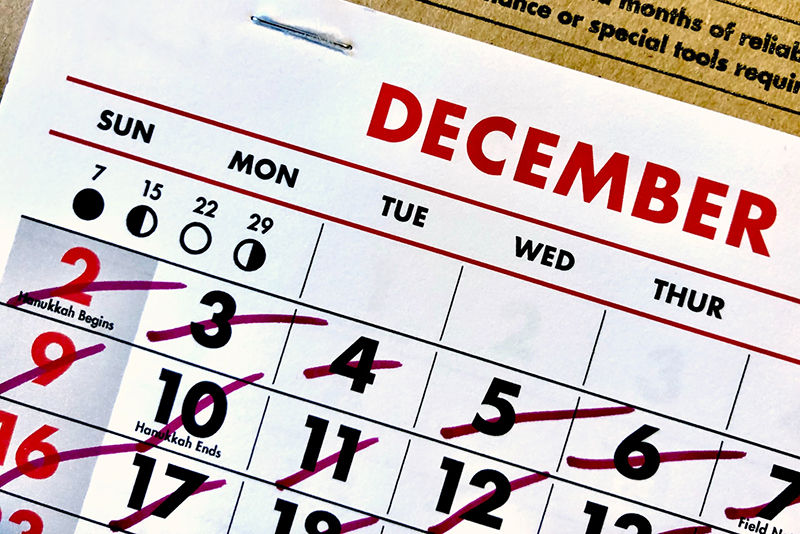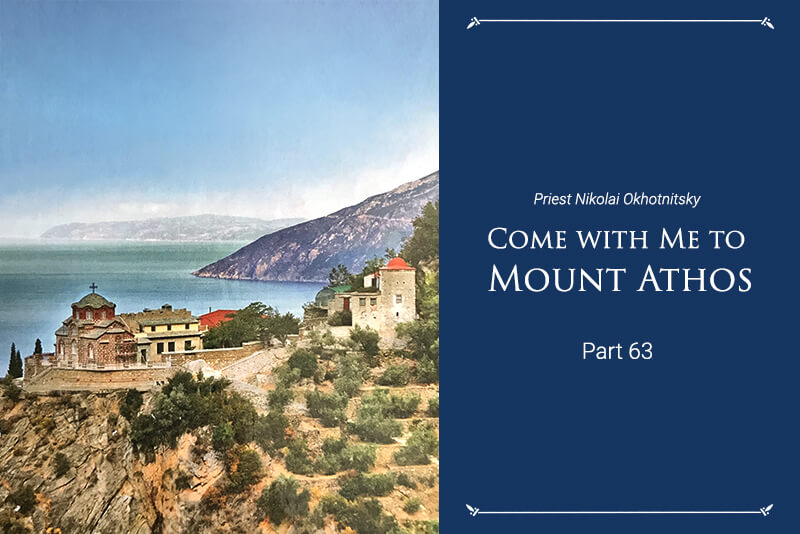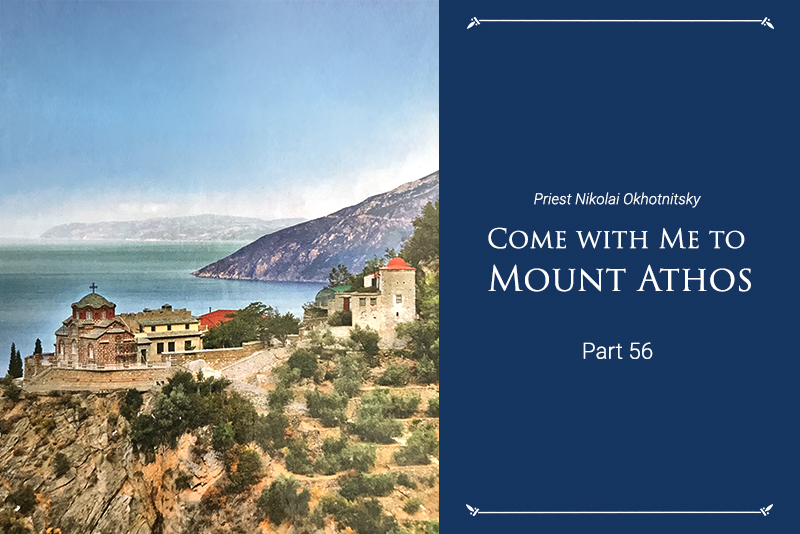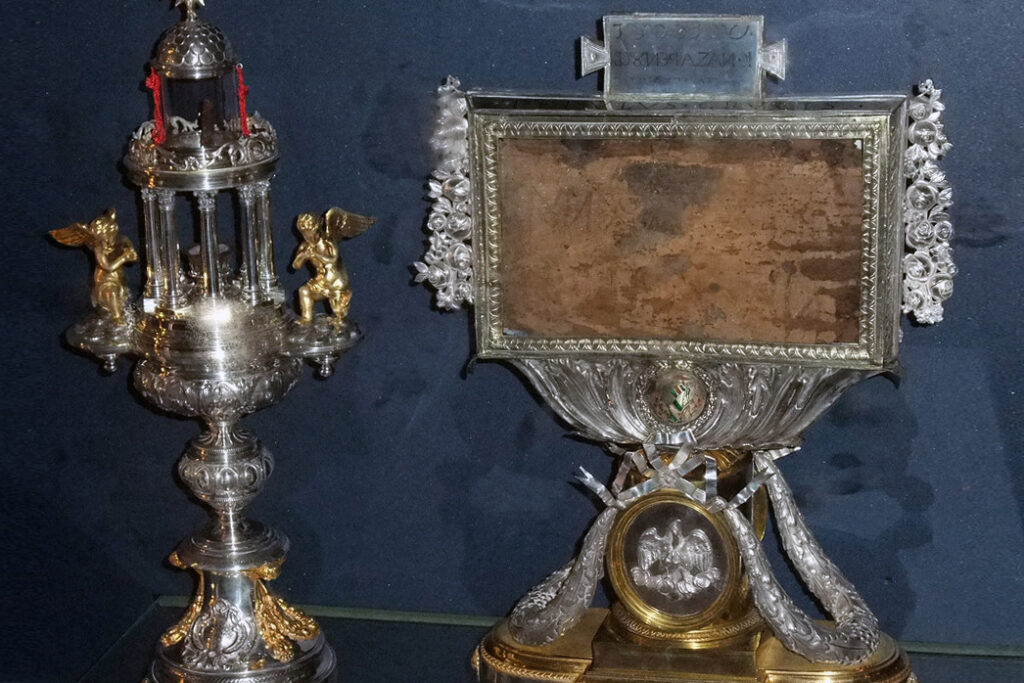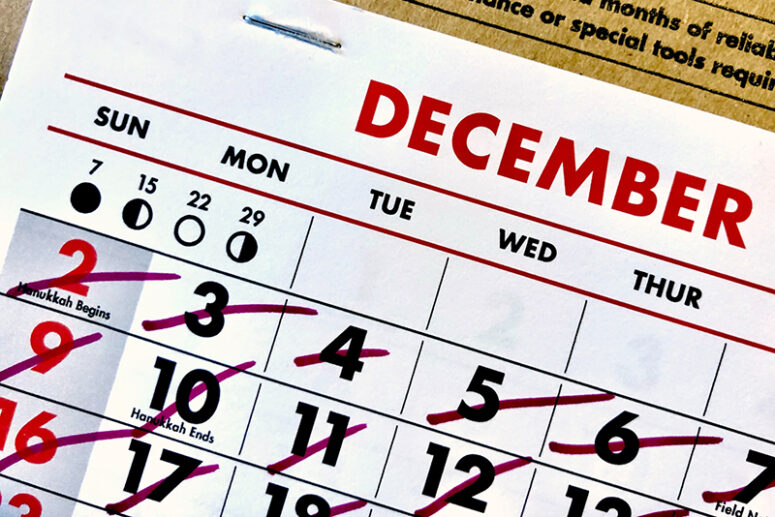
318 years ago, Russia was living in the year 7208 from the beginning of time. But nobody knew for sure.
Where and when did they begin to number the years from the advent of Christ?
The practice originated in Europe. In 525, Monk Dionysus the Humble, acting at the request of Pope John I of Rome, calculated the years of Christ’s birth from the Holy Scripture. It said that Christ began to preach at the age of 30 years. He preached for three years, and was crucified on the eve of the Jewish Pascha under the emperor Tiberius. He used the data to estimate the time from the birth of Christ to his day. As we know now, he was off by only 3 – 4 years. In today’s terms, it is a difference between 2018 and 2022/23. But it was too late to change anything.
Was this chronology accepted immediately?
It was not. About a century later, another monk, Bede the Venerable, entered the fray. He wrote the first history of England and was a known scholar of his time. In his works, the monks used the dates measured from the Nativity of Christ. Others followed his example. Eventually, the tradition of numbering the years from the Birth of Christ spread across Europe. Saint Bede was canonised in the 19th century by the Roman Catholic Church. He is also a locally venerated saint of the Eparchy of Surozh (United Kingdom) in the Russian Orthodox Church.
Were they using before?
The years were numbered from the enthronement of the Roman Emperor Diocletianus in 284 before Christ. That was the initial year of the calendar that preceded the new one. Diocletianus was the Pagan ruler who went down in history as a ruthless persecutor of Christians, and is mentioned in the lives of many holy martyrs as their tormentor. For example, he was the emperor who had ordered the killing of Saint George the Victor.
Was Russia using a different calendar?
It followed the Byzantine custom of numbering the years from the origin of the world. It was dated in the 6th century in the following manner. The time from the creation of the word to the creation of Adam was 5.5 days, as stated in the Bible. The bible also said that with the Lord a day is like a thousand years (2 Peter 3:8). This gave the number 5509 years from the origin of the world to the nativity of Christ.
– Nine years were added arbitrarily. This numbering system was used from the 11th to the 17th century.
What changed in the 17th century?
In 1699 (or 7208 from the origin of the world) the Russian Czar Peter I signed into law an edict ordering the transition to a new calendar, “with the view to enhancing understanding with the European peoples in the dating of contracts and treatises.” From then on, the calendar year would start from 1 January, not from 1 September, as in the past, and the years would be numbered from the Nativity of Christ.
However, at Church, the year still begins from 1 September by tradition.
Is this according to the present calendar?
Not exactly. Under the Edict of Peter I, Russia adopted the Julian calendar, while the transition to the modern Gregorian calendar did not happen until 1918, 350 years later than the rest of Europe.
The dates were adjusted by 13 days. 31 January 1918 was immediately followed by 14 February. The Russian Orthodox Church still uses the Julian calendar. It is also used once a year by those of us who celebrate the old New Year on the night from 13 to 14 January.
Are other countries using the same calendar?
There is still some variety. At one time, there were as many as 30 different calendars used in India alone.
A more or less uniform system was adopted in the 1950s.
Only two calendars have remained as of today – the local and the European calendar, which numbers the years from the nativity of Christ. For a time, the USSR also adopted
a revolutionary calendar in parallel with the European one. But this was somewhat over the board even for the Communists, and the practice was abandoned quietly in 1940. Japan is also an example of a country that uses two calendars – the standard European, and the local one, in which the dates are reset with the coming to power of a new emperor.
Translated by The Catalogue of Good Deeds
Source: https://foma.ru/nazad-v-budushhee-kak-poyavilos-sovremennoe-letoischislenie.html

